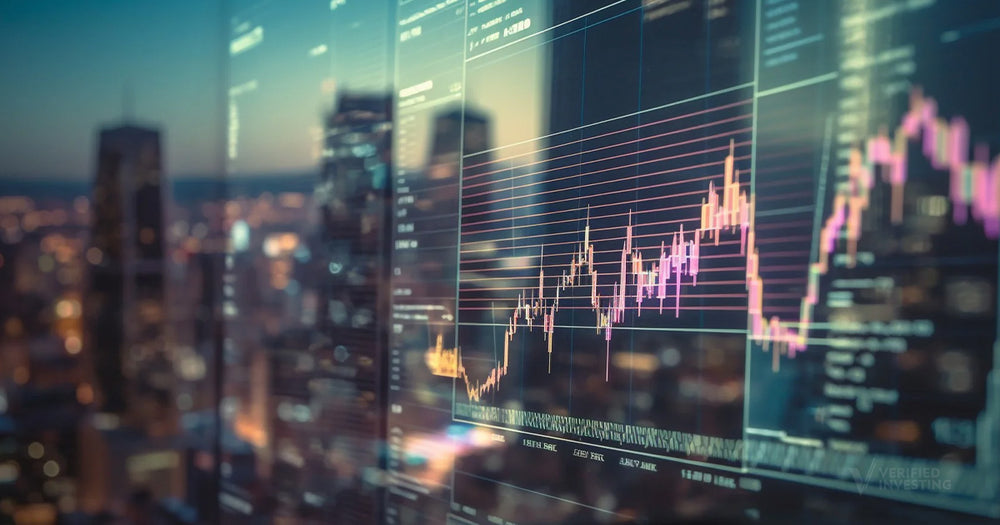The Volatility Index (VIX) Explained To Investors And Traders

The VIX is a real-time market index that represents the market's expectations for volatility over the coming 30 days. It is often referred to as the "fear index" because it tends to rise when the stock market falls and investors are fearful and fall when the stock market rises and investors are greedy.
The VIX measures the expected volatility of the S&P 500 index over the next 30 days. It is derived from the prices of S&P 500 index options.
Investors use the VIX to measure the level of risk, fear, or stress in the market. It can help them make investment decisions, such as whether to buy or sell stocks. Traders can also trade the VIX using various options and exchange-traded products.
The VIX is an important indicator of market sentiment. When the VIX is high, it means that investors are expecting a lot of volatility in the stock market. This can be a sign that investors are fearful or uncertain about the future. When the VIX is low, it means that investors are expecting less volatility. This can be a sign that investors are confident about the future.
How do traders or investors uses the VIX to make money in the markets? Traders use the VIX as a contrarian indicator at extremes. When the VIX is below 15, it signals complacency in the stock market. This means investors have no fear and the probability of something popping up that surprises investors in a negative way is not priced in. This is when traders buy the VIX to protect themselves.
When the VIX is extremely high (north of 30), there is usually all out panic in the stock market. Historically, this is a great signal to buy markets or at least start accumulating longs. A high VIX shows people think everything is bad and will never get better. Maximum fear is a good sign that stocks are underpriced for a positive development.
Trading involves substantial risk. All content is for educational purposes only and should not be considered financial advice or recommendations to buy or sell any asset. Read full terms of service.




